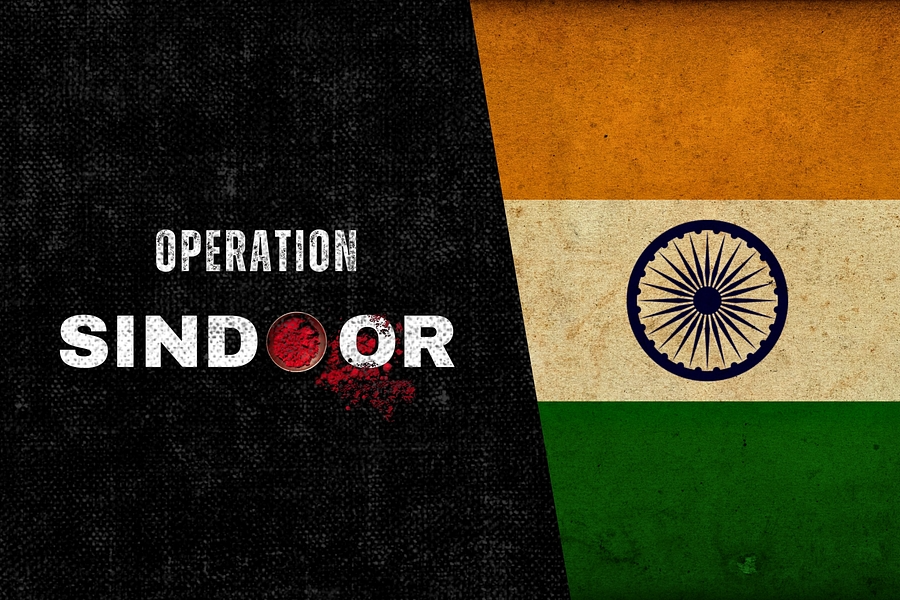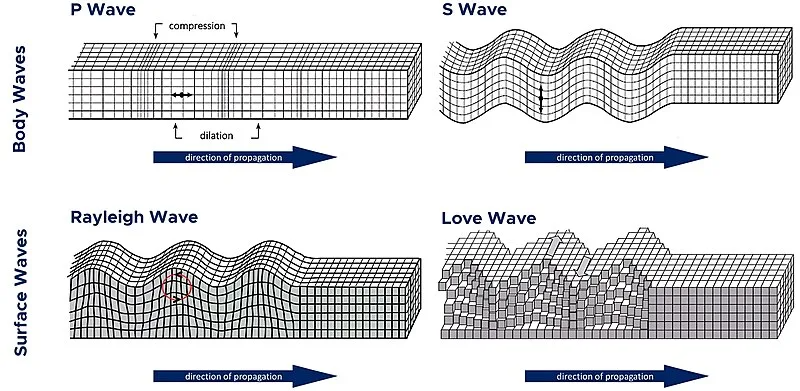July 22nd Current Affairs

Operation Sindoor
July 21st Current Affairs Home / Operation Sindoor Why in News? Parliament’s Monsoon Session, starting July 21, 2025, is expected to feature
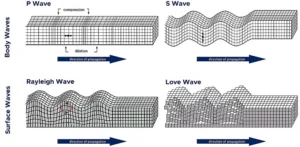
Alaska Earthquakes
July 21st Current Affairs Home / Alaska Earthquakes Why in News? On July 21, 2025, Alaska Peninsula was struck by

August 2, 2027 Solar Eclipse
July 21st Current Affairs Home / August 2, 2027 Solar Eclipse Why in News? A total solar eclipse is set

India’s milestone in clean energy transition
July 21st Current Affairs Home / India’s milestone in clean energy transition Why in News? India achieved a milestone by

‘Baby Grok’, child-friendly AI app
July 21st Current Affairs Home / ‘Baby Grok’, Child-friendly AI app Why in News? Elon Musk’s AI company xAI has announced
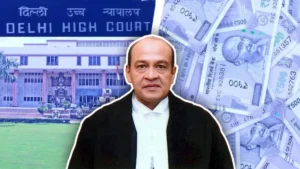
Impeachment proceedings against Justice Yashwant Verma
July 22nd Current Affairs Home / Impeachment proceedings against Justice Yashwant Verma Context On July 22, 2025, impeachment proceedings against
Jagdeep Dhankhar’s Resignation
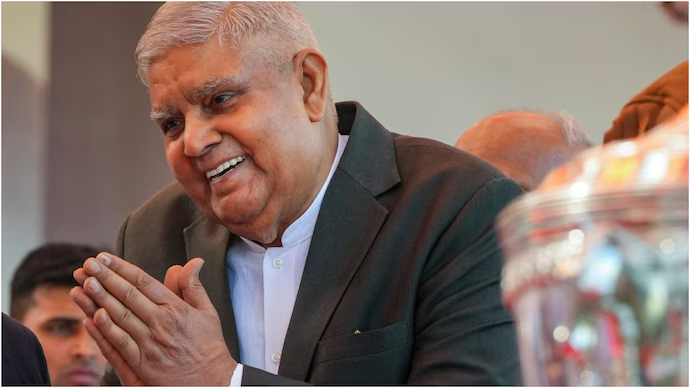
Context
Vice-President Jagdeep Dhankhar, who also serves as Chairman of Rajya Sabha, resigned unexpectedly in July 2025. His tenure was marked by multiple public confrontations with the judiciary. Key flashpoints included his criticism of the Supreme Court’s 2015 verdict that struck down the National Judicial Appointments Commission (NJAC) Act, and his open questioning of the Basic Structure doctrine, judicial primacy in appointments, and court-imposed time limits on Presidential assent to Bills.
Constitutional Provisions
- Article 124(2): Appointment of SC judges by the President, in consultation with judiciary.
- Article 50: Separation of judiciary from the executive.
- Article 74-75, 79-122: Define the powers of Parliament and roles of its functionaries.
- Basic Structure Doctrine (Kesavananda Bharati, 1973): Parliament can amend the Constitution but not alter its basic structure (e.g., judicial independence, separation of powers).
Legal Provisions
- NJAC Act (2014): Sought to replace the Collegium system with a six-member body for judicial appointments.
- SC Verdict (2015): Declared NJAC unconstitutional, citing that it undermines judicial independence.
- Judges Case Trilogy: Reinforced judicial primacy in appointments.
- SC Directive (2025): Imposed a 3-month time limit for the President/Governors to assent to Bills, sparking fresh debate on separation of powers.
Powers of the Vice-President
- Article 63–65: The Vice-President is the ex-officio Chairman of the Rajya Sabha.
- Functions: Presides over Upper House proceedings, ensures order, interprets rules, and represents the House in official capacities.
- Limitations: Has no legislative or executive powers beyond Rajya Sabha proceedings; bound by the Constitution.
Significance of the Event
- Constitutional Discourse: Dhankhar’s stance revived critical debate on judicial accountability vs judicial independence.
- Legislative-Judiciary Tensions: Showcases strain between constitutional institutions over institutional primacy and checks and balances.
- Political Ramifications: Raises concerns about constitutional morality and decorum from high-ranking constitutional functionaries.
- Resignation Impact: His sudden exit disrupts legislative leadership and might affect political equations in Rajya Sabha.
Definition of Technical Terms
- Basic Structure Doctrine: Judicially evolved principle that bars Parliament from altering fundamental constitutional features.
- NJAC: A now-invalidated body that proposed to democratize judicial appointments.
- Collegium System: A judge-appoints-judges mechanism, evolved through Supreme Court judgments.
- Judicial Primacy: Principle that ensures the judiciary has the final say in judicial appointments to safeguard independence.
Impacts
On Institutions:
- Judiciary: Accused of overreach by legislature; faces criticism but retains public trust.
- Legislature: Accused of attempting to reclaim supremacy; rekindles NJAC-like initiatives.
- Executive: May push for legal reforms in appointments or presidential assent processes.
On Democracy:
- Public Perception: Confusion over constitutional roles and institutional boundaries.
- Federal Morality: Undermining mutual respect among constitutional authorities sets a problematic precedent.
Way Forward
- Institutional Dialogue: Encourage structured interaction between judiciary, legislature, and executive through neutral platforms like the President or inter-institutional councils.
- Review NJAC Model: Explore a modified judicial appointment system that balances accountability with independence.
- Judicial Reforms: Enhance Collegium transparency without diluting autonomy.
- Uphold Constitutional Morality: All officeholders must respect boundaries defined by constitutional provisions and judicial precedents.
- Civic Education: Public understanding of separation of powers must be deepened through informed discourse.
Prelims MCQ
Q. With reference to judicial appointments and constitutional principles in India, consider the following statements:
- The Supreme Court has declared that Parliament cannot alter the Basic Structure of the Constitution.
- The NJAC was upheld by the Supreme Court as a transparent alternative to the Collegium system.
Which of the above statements is/are correct?
A. 1 only
B. 2 only
C. Both 1 and 2
D. Neither 1 nor 2
Correct Answer: A. 1 only
Statement 2 is incorrect — NJAC was struck down by the SC in 2015.
Mains Question
Q. “Judicial independence and parliamentary sovereignty must coexist for a functional democracy.” In light of Vice-President Jagdeep Dhankhar’s comments on the NJAC and the Basic Structure doctrine, critically examine the constitutional balance between the judiciary and legislature in India. (250 words)



